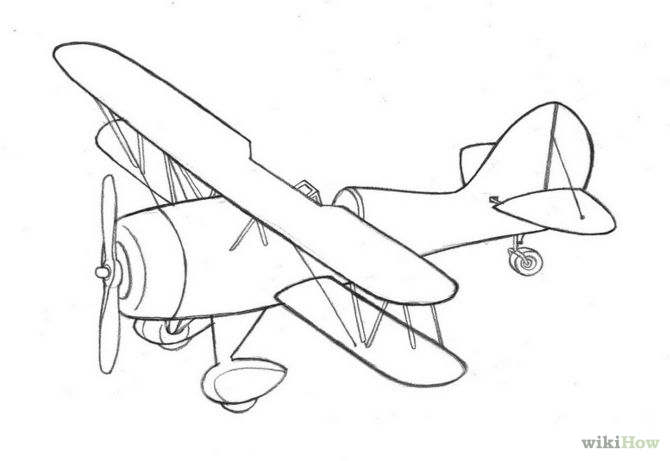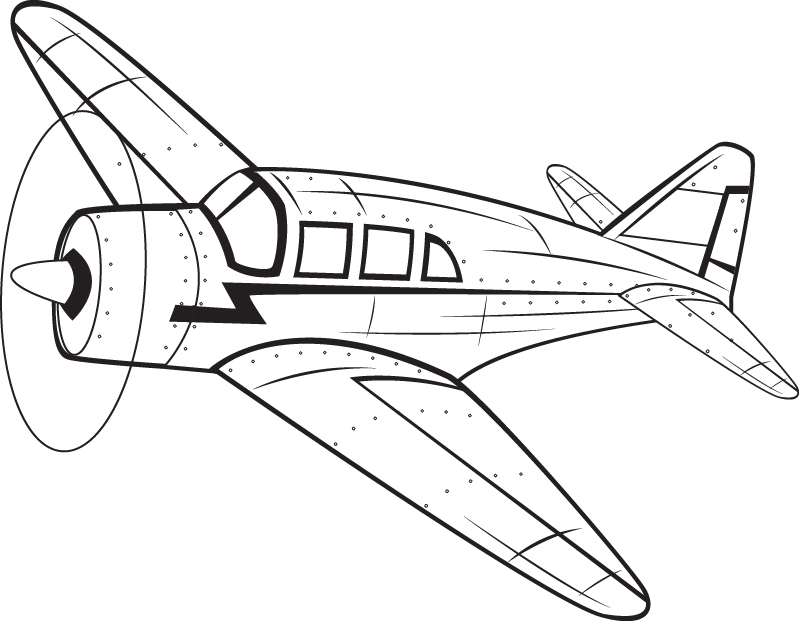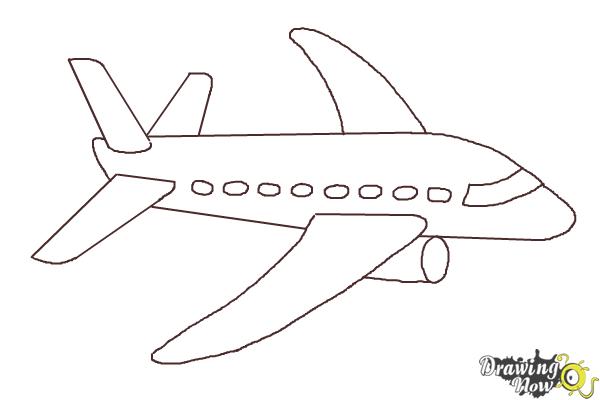

I like to start with the fuselage when drawing my aircraft plans, but it's up to you where to begin. This way you get a more accurate idea of what sort of wing loading you'll have. If you want to be scientific, you can also work out the weight of your electronics to base your wing area off. Simply lay them out on the paper and work out your dimensions. A good way to set the size of your airframe is to work around your electronics. If you're drawing a 1:1 scale plan, you're probably going to want to make sure that all of your electronics will fit inside the plane. I like to use either weights or electrical tape, which is easy to peel off the table, to keep everything level. You'll want to roll out your paper and keep it flat. Get yourself some coffee (or tea in my case) and get to work. This way you'll know the angles of things (such as the amount of dihedral in a wing).įind a nice big empty table to set to work on. This helps to keep things, uhm, square! Perhaps get yourself a protractor too.

For this, you're probably going to want to get yourself a meter ruler.Īnother few items you'll want to use is a (confusingly named) square. Most of the time, a standard 12" (30cm) ruler is just fine, but often you might need to draw longer lines. In terms of drawing aids, an ruler is an absolute must. Also, make sure to have a rubber in case you make a mistake. To keep these maintained, keep a sharpener somewhere nearby you can reach easily. Get yourself a few sharp pencils and put them in a pot. Rather obviously, you're also going to need to have something to draw with. For how much paper you get, the price is great! Having large sheets to draw on is very handy when trying to draft a large 1:1 scale design. In the past, I used large A1 sheets of paper until I discovered that you could use rolls of lining paper picked up from the DIY store. For this reason, all you're going to need are a few physical items.įirst off, grab what you're going to be drawing on.

For this tutorial, though, I'm going to try and make it as simple as possible to help you come up with your own plans. Of course, these days, many people use software to draw airplane plans. We'll cover the equipment and techniques that makes it super easy for anyone to draw 1:1 scale RC airplane plans. After last week's Design Class drawing tutorial, let's take the design process to the next step - this article is all about creating your own plans the traditional way, with a pencil and ruler.


 0 kommentar(er)
0 kommentar(er)
